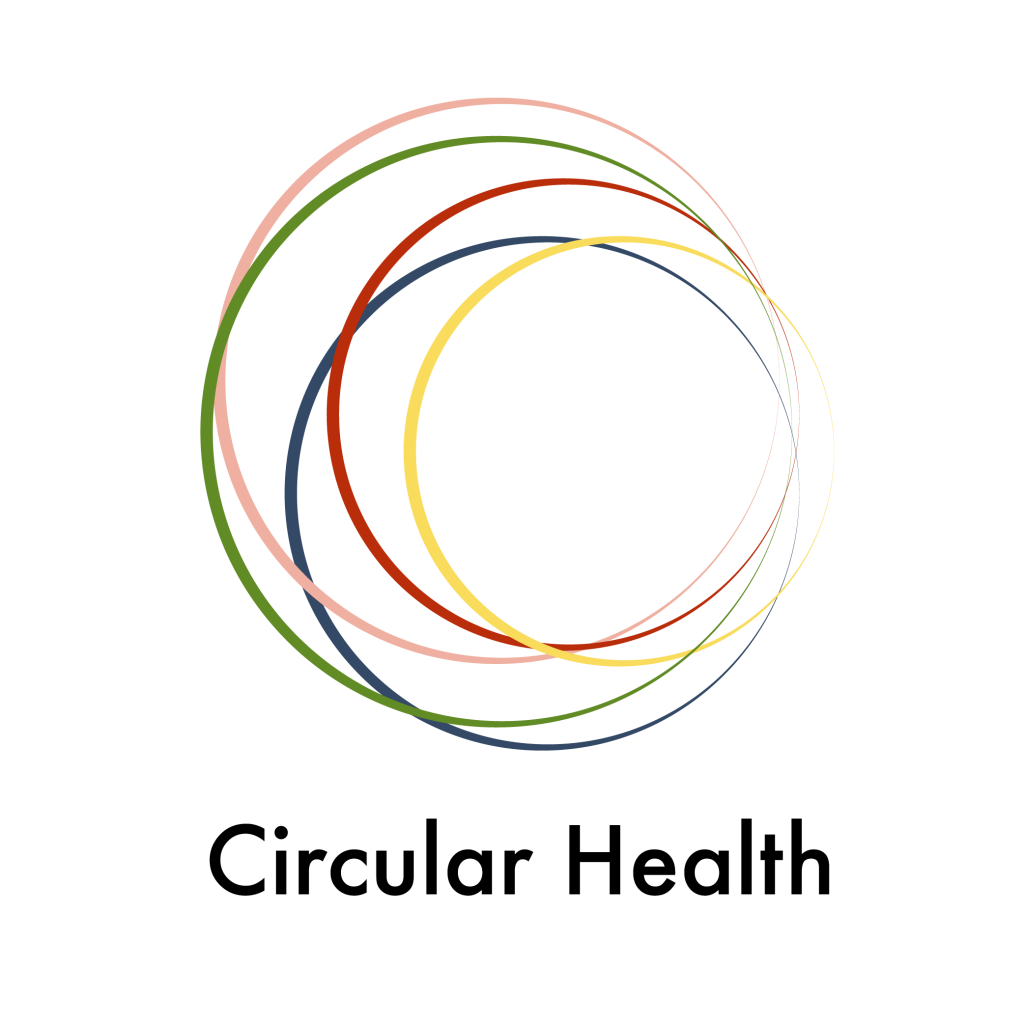The word “Circularity” comes from the word Circular and it is usually used in two ways: to describe “the fact of constantly returning to the same point or situation”, and to describe “the fact of being shaped like a circle”. The latter definition was often used in a negative way to describe something illogic (i.e. a circular definition) or not useful, circuitous, even deceiving.
However, in recent years the word circularity has become associated even more with the concept of sustainability, waste reduction, efficiency, recycling, thus acquiring a positive meaning. With this new meaning, the word is found in the title of many models and concepts that researchers have developed to address some of the most pressing human needs and challenges.
Circular Economy
Economists were the first to use Circularity to describe the circular flow of materials and energy in industrial processes. In the late eighties, the term Circular Economy was used for the first time. Over the past 15 years, the idea of Circular Economy has become widespread thanks to the work of the Ellen MacArthur Foundation whose mission is to accelerate the transition to a circular economy.

Circular Economy describes industry and manufacturing processes designed in such a way that: products are designed to last as long as possible and to be re-used or repurposed in order to further extend their life-span; products can be easily recycled to become raw material for new products; particular attention is given to regenerate the resources consumed (i.e. sustainable forest management, regeneration of soil in agriculture) and to always prefer renewable resources (i.e. solar energy over oil or gas). Applying these concepts allows for “close” production systems where waste and externalities are minimized and sustainability is maximized.
Circular Health
 In the late 2010’s the concept of Circular Health was developed by Dr. Capua, Director of this One Health Center, as an expansion of the One Health concept developed by veterinaries in the sixties. Circular Health describes health as a characteristic of a system, that includes humans, animals, plants, and the environment. We live in a closed system and disequilibria in any part of the system affect every other part of the system. Therefore, increasing our ability in treating human ailments is not sustainable if we do not care and protect at the same time the health of the animals and plants around us and of the environment within which we live.
In the late 2010’s the concept of Circular Health was developed by Dr. Capua, Director of this One Health Center, as an expansion of the One Health concept developed by veterinaries in the sixties. Circular Health describes health as a characteristic of a system, that includes humans, animals, plants, and the environment. We live in a closed system and disequilibria in any part of the system affect every other part of the system. Therefore, increasing our ability in treating human ailments is not sustainable if we do not care and protect at the same time the health of the animals and plants around us and of the environment within which we live.
Circular Agriculture

Around the same time, researchers at Wageningen University, in the Netherlands, developed the concept of Circular Agriculture. This concept aims to apply what was previously identified for manufacturing processes in the Circular Economy to the agricultural sphere. The goal is to once again “close” the loop to develop processes that re-use, repurpose, and recycle, thus reducing the amount of waste and therefore energy and resources that leave the system increasing the sustainability of food-producing activities. Several international institutions embrace the concept of Circular Agriculture.
Circular Bioeconomy
Finally, in the last couple of years, the concept of Circular Bioeconomy has been introduced to describe a model that expands Circular Agriculture to include other industries that rely on biological resources for their work (i.e. textile, construction, furniture making).
The latest developments in the world of circularity seem to indicate that (many) researchers are moving towards a more comprehensive approach to science and human life that could one day result in the creation of Circular Science or a Circularity Theory of Knowledge.
By Luca Mantegazza, Research Program Coordinator
 0
0
